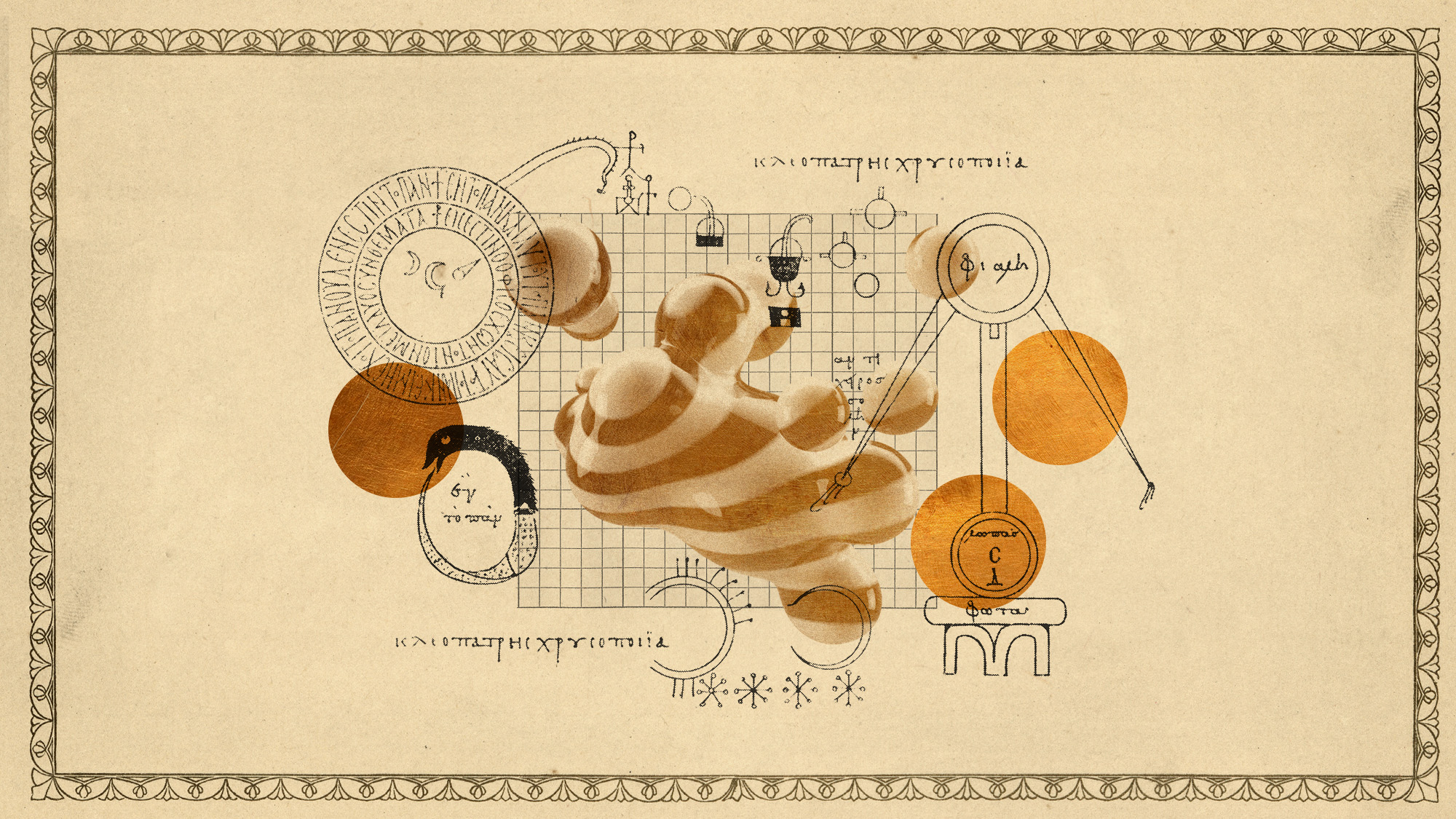Recent advancements in nuclear technology are prompting researchers to revisit the age-old practice of alchemy, specifically the transformation of minerals into gold. While traditionally viewed as a pseudoscience, modern techniques are sparking interest in the feasibility of this ancient dream. Central to these discussions is the work being conducted by Marathon Fusion, which aims to synthesize gold from mercury isotopes through a process known as transmutation.
Understanding the Transmutation Process
Transmutation involves altering the nucleus of one element to convert it into another. Marathon Fusion’s plan is to introduce the mercury isotope, mercury-198, into a fusion reactor and bombard it with neutrons. This process transforms mercury-198 into mercury-197, which is less stable and subsequently decays into gold-197, the only stable isotope of gold. The expected duration for this entire process is approximately 64 hours.
According to The Times, Marathon’s research indicates that for every gigawatt of power generated, it may be possible to produce up to five metric tons of gold annually. This projection suggests that the current global gold production of around 3,500 metric tons per year could be significantly surpassed if this nuclear method proves successful.
Challenges and Skepticism Surrounding Production
Despite the promising outlook, experts express caution regarding the practicality of these claims. A significant concern is the fusion reactors required for this process. Although experimental fusion reactors have been developed, they have yet to achieve commercial viability. As reported by The Atlantic, Marathon hopes to use the revenue generated from gold sales to offset the costs associated with nuclear power.
Furthermore, scaling up these nuclear operations presents substantial challenges. Scientists are currently exploring the conditions under which fusion plants can generate more energy than they consume, a critical milestone that has not yet been fully achieved. The complexities of containing high-energy plasma in reactors add another layer of difficulty.
Moreover, the gold produced through this method may carry a degree of radioactivity. According to Futurism, any gold generated would require a storage period of 14 to 18 years before it becomes safe for handling, complicating potential mass production.
Despite these hurdles, enthusiasm remains among some researchers. Dr. Ahmed Diallo, a plasma physicist at the U.S. Department of Energy’s national laboratory at Princeton University, remarked to the Financial Times that the theoretical aspects of Marathon’s proposal are intriguing. He stated, “On paper it looks great and everyone so far that I talk to remains intrigued and excited.”
Former chief technology officer at Commonwealth Fusion Systems, Dan Brunner, echoed these sentiments, noting that from a scientific perspective, the proposal appears sound, although the engineering challenges to implement it practically are significant.
As research into this modern form of alchemy continues, the balance between optimism and skepticism will likely shape the future of attempts to turn mercury into gold, potentially redefining our understanding of both nuclear technology and the ancient pursuit of alchemy.
